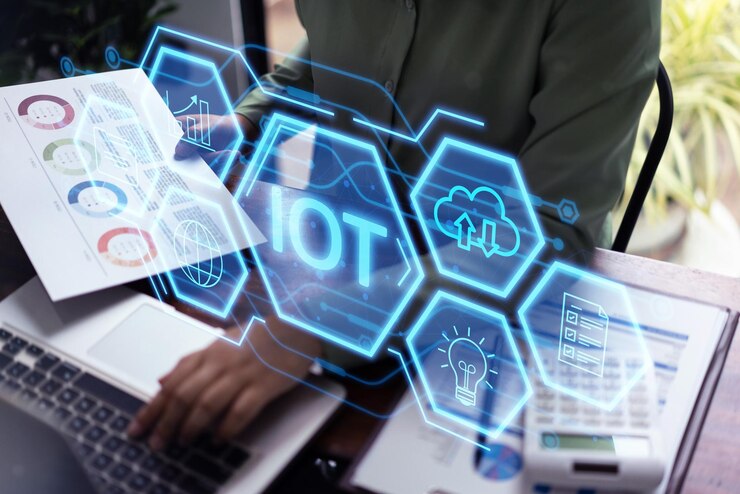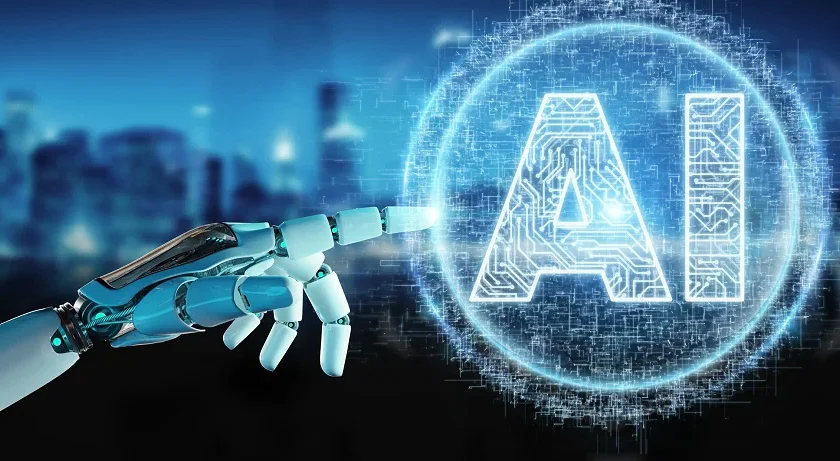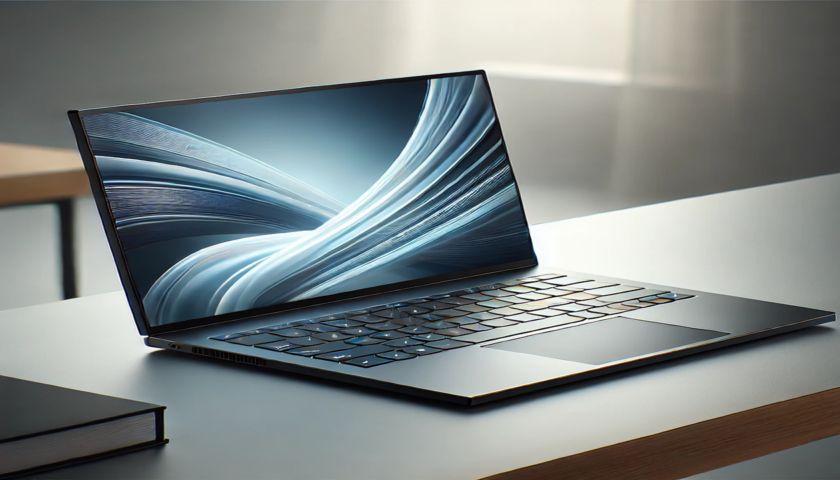The Internet of Things (IoT) has emerged as a transformative force, bridging the physical and digital worlds to enable smarter, more connected experiences across industries. As devices, sensors, and systems become increasingly interconnected, IoT is reshaping the way businesses operate, optimize, and innovate. In this blog, we delve into the technical foundations, applications, and future of IoT, offering insights into how organizations can leverage this technology for unparalleled growth.
Understanding the Foundations of IoT
At its core, IoT refers to a network of physical devices embedded with sensors, software, and other technologies that allow them to collect and exchange data. These devices, often called “smart” devices, operate autonomously to gather insights and enable intelligent decision-making. Key components of an IoT ecosystem include:
- Sensors and Actuators: These devices capture environmental data such as temperature, pressure, or motion, which can be analyzed to derive actionable insights.
- Connectivity: IoT relies on robust connectivity protocols like Wi-Fi, Bluetooth, Zigbee, and cellular networks to transmit data.
- Edge and Cloud Computing: Edge computing processes data closer to the source, ensuring low latency, while cloud computing provides scalability and central data storage.
- Data Analytics: IoT generates massive amounts of data, which require advanced analytics and machine learning to extract value.
- Security and Privacy: With interconnected devices, safeguarding data integrity and preventing cyber threats are paramount.
Applications Across Industries
IoT’s adaptability has paved the way for its integration into a wide range of industries, driving efficiency and innovation. Here are some of the most impactful use cases:
- Smart Cities:
- IoT-enabled streetlights adjust brightness based on real-time traffic conditions, reducing energy consumption.
- Traffic management systems analyze congestion patterns and optimize routes.
- Waste management solutions utilize smart bins to notify authorities when collection is required.
- Healthcare:
- Wearable devices track patient vitals, enabling remote monitoring and timely intervention.
- Smart pills equipped with sensors provide real-time data on medication adherence.
- IoT-powered hospital equipment ensures optimal resource allocation and maintenance schedules.
- Agriculture:
- Precision farming leverages IoT sensors to monitor soil conditions, water levels, and crop health.
- Livestock management systems track animal behavior and location, improving productivity.
- IoT-enabled greenhouses maintain optimal growing conditions with automated systems.
- Manufacturing:
- Predictive maintenance reduces downtime by identifying potential equipment failures before they occur.
- IoT-driven automation enhances production efficiency and quality control.
- Supply chain visibility improves with real-time tracking of materials and products.
- Retail:
- Smart shelves monitor inventory levels, alerting staff to restock items.
- Personalized shopping experiences are created through IoT-enabled customer behavior tracking.
- Automated checkout systems streamline the purchasing process.
- Transportation and Logistics:
- Fleet management systems leverage IoT to monitor vehicle performance, fuel efficiency, and route optimization.
- Real-time tracking enhances supply chain transparency and reduces delays.
- Autonomous vehicles rely on IoT sensors for navigation, safety, and connectivity.
- Energy Management:
- Smart grids enable real-time monitoring of energy usage and distribution.
- IoT devices optimize power consumption in homes and businesses.
- Renewable energy systems, such as solar panels, integrate IoT for performance monitoring and predictive maintenance.
The Technical Backbone of IoT Product Development
Developing a successful IoT product requires meticulous planning, integration of cutting-edge technologies, and a clear understanding of end-user needs. Here are the key stages of IoT product development:
- Ideation and Design:
- Define the problem your IoT product will solve.
- Create a user-centric design that aligns with the target audience’s requirements.
- Hardware Development:
- Select sensors and devices tailored to the application.
- Ensure interoperability and compatibility across different hardware components.
- Software Development:
- Develop firmware to manage device operations and connectivity.
- Implement cloud and edge computing solutions for data storage and processing.
- Integrate APIs for seamless communication between devices and platforms.
- Data Management:
- Design robust data pipelines to handle the volume, velocity, and variety of IoT data.
- Incorporate advanced analytics and machine learning models to derive actionable insights.
- Security Implementation:
- Employ encryption, authentication, and authorization mechanisms to protect data and devices.
- Regularly update software to address emerging vulnerabilities.
- Testing and Deployment:
- Conduct rigorous testing to ensure functionality, reliability, and scalability.
- Deploy the product and continuously monitor its performance.
- Maintenance and Upgrades:
- Regularly update firmware and software to enhance functionality and security.
- Gather user feedback for iterative improvements and feature enhancements.
Challenges in IoT Adoption
While it offers immense potential, it also presents unique challenges that organizations must navigate:
- Interoperability: Ensuring seamless communication between diverse devices and protocols can be complex.
- Data Privacy: Protecting sensitive data from breaches is a critical concern.
- Power Management: Many IoT devices are battery-powered, necessitating efficient energy consumption strategies.
- Scalability: As the networks grow, maintaining performance and reliability requires scalable solutions.
- Regulatory Compliance: Organizations must adhere to regional and global IoT regulations to avoid legal complications.
- Cost of Implementation: Deploying IoT solutions can be capital-intensive, requiring careful budget planning and ROI analysis.
The Future of IoT
The IoT landscape is evolving rapidly, driven by advancements in technologies like 5G, artificial intelligence, and blockchain. Key trends shaping the future include:
- Enhanced Connectivity: With the rollout of 5G, IoT devices will experience faster data transmission, enabling real-time applications.
- AI Integration: Artificial intelligence will enhance IoT systems by enabling predictive analytics, natural language processing, and autonomous decision-making.
- Edge Computing: The shift toward edge computing will reduce latency and bandwidth usage, making IoT systems more efficient.
- Green IoT: Sustainable practices, such as energy-efficient devices and eco-friendly designs, will gain prominence.
- Blockchain for Security: Blockchain technology will improve IoT security by providing decentralized, tamper-proof transaction records.
- Digital Twins: Creating virtual replicas of physical devices and systems will enable predictive maintenance and performance optimization.
- IoT in Space Exploration: IoT will play a crucial role in monitoring spacecraft, managing resources, and facilitating communication in interplanetary missions.
Conclusion
IoT is revolutionizing the way we interact with the world, delivering unprecedented value through connectivity and data-driven insights. From smart cities to healthcare, manufacturing, and beyond, IoT is unlocking new possibilities for businesses and consumers alike. By addressing challenges and embracing innovation, organizations can harness the power of IoT to drive transformation and growth. As we continue to explore its potential, IoT product development will remain a cornerstone of this technological revolution, shaping a smarter, more connected future.





